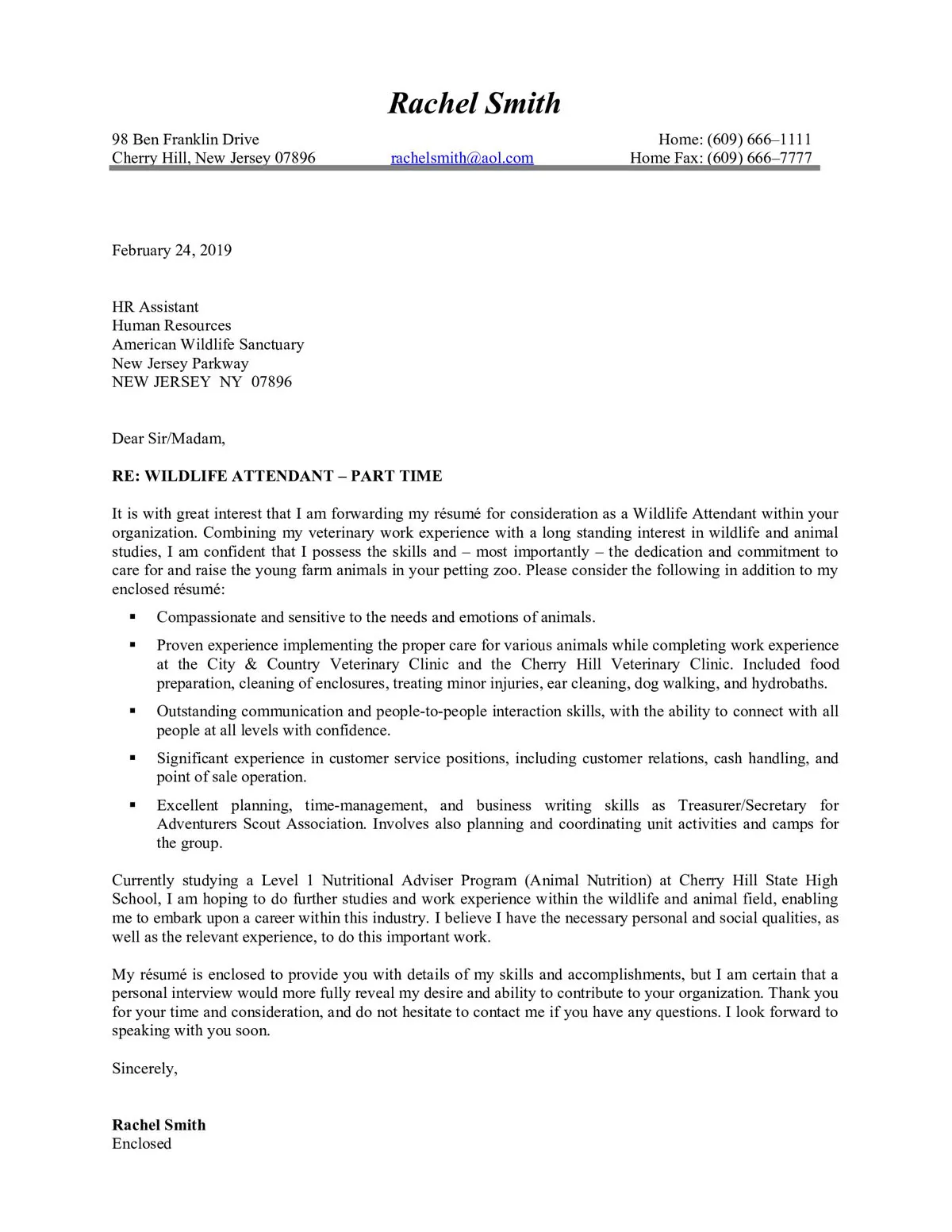Cover Letter for No Experience The Ultimate Guide
Writing a cover letter with no prior work experience can seem daunting, but it’s absolutely achievable. This guide will break down how to create a compelling cover letter that highlights your potential and makes you stand out, even without a traditional employment history. A strong cover letter is your opportunity to make a great first impression and demonstrate why you’re the ideal candidate, irrespective of your experience level. This document serves as your personal introduction, letting your personality shine through, and effectively communicates your value to the hiring manager. Preparing a well-crafted cover letter allows you to demonstrate your communication skills and enthusiasm for the position. This approach helps to compensate for the lack of direct work experience, providing a deeper understanding of your qualifications and potential within the company. In a competitive job market, a cover letter is vital, especially for those without work experience. It shows initiative and a dedication to detail, key elements employers look for.
Highlighting Transferable Skills in Your Cover Letter
Transferable skills are the skills you’ve gained in one context that can be applied to another. These skills are invaluable when you lack direct work experience. Think about skills developed through academics, extracurricular activities, volunteer work, or personal projects. Skills like communication, teamwork, problem-solving, time management, and leadership are highly sought after by employers, regardless of the specific role. To effectively showcase these skills, provide specific examples. Rather than just stating you have good communication skills, describe a situation where you effectively communicated to achieve a specific goal. This approach provides concrete evidence, making your claims more credible and impactful. Consider activities from education, volunteering, hobbies, or personal projects where you used or honed these skills. Using these examples in your cover letter provides context and allows the reader to understand how you applied those skills and what results you achieved. By doing so, you connect your skills to the needs of the job, increasing your chances of getting noticed.
Identifying and Showcasing Soft Skills
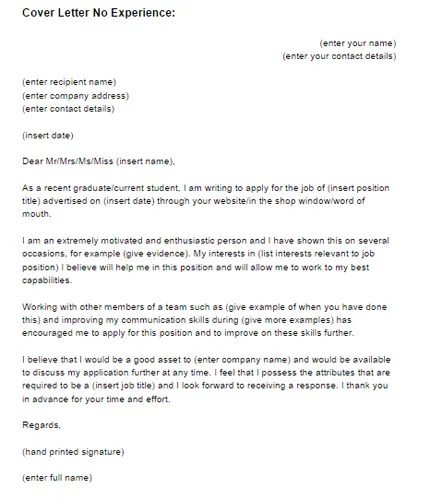
Soft skills are the personal attributes that enable you to interact effectively with others and thrive in a work environment. Common examples include communication, adaptability, problem-solving, and critical thinking. The cover letter is an excellent place to illustrate your soft skills. Start by identifying which soft skills are most relevant to the job description. Then, for each skill, provide a short anecdote that illustrates how you have demonstrated it. For instance, if teamwork is a key requirement, describe a project where you collaborated with others to achieve a goal, highlighting your role and contribution to the project’s success. If problem-solving is important, offer an example of how you overcame a challenge, detailing your approach and the positive outcome. When including these examples, focus on the results you achieved. Quantifiable results (e.g., ‘increased efficiency by 15%’) are particularly impactful. This makes your soft skills more tangible and demonstrates your ability to deliver value to the employer.
Quantifying Achievements in Unconventional Ways
If you lack traditional work experience, it’s vital to think outside the box and quantify your achievements in other areas. Look for ways to measure your accomplishments, even if they aren’t directly related to a job. For example, if you led a student organization, quantify the increase in membership or successful events you organized. If you completed a significant project, measure the scope and impact of your effort. Did you develop a website that attracted a specific number of visitors? Did you improve a process that saved time or resources? Whenever possible, use numbers to illustrate your achievements. This approach adds credibility and demonstrates your ability to deliver results. Employers value candidates who can show, not just tell, about their skills and accomplishments. Provide context for the numbers to make them more meaningful. Explain the circumstances, the actions you took, and the positive outcomes. This narrative approach helps the hiring manager understand the value you bring.
The Importance of Tailoring Your Cover Letter
A generic cover letter won’t cut it. Tailor each letter to the specific job and company. Research the company, understand their values, and read the job description carefully. Use the company’s language and address the specific requirements outlined in the job posting. Show the hiring manager that you have carefully considered their needs and that you are genuinely interested in the role and the company. Highlight how your skills and experiences align with the job’s requirements. Mention specific projects or experiences that demonstrate your ability to succeed in the role. Explain why you are excited about the company and the role. This demonstrates your enthusiasm and proactive approach. Tailoring your cover letter takes time and effort, but it significantly increases your chances of getting noticed. It shows that you are serious about the opportunity and have taken the time to understand the role and the company. This personalized approach sets you apart from other applicants who may be using a generic template.
Researching the Company and the Role
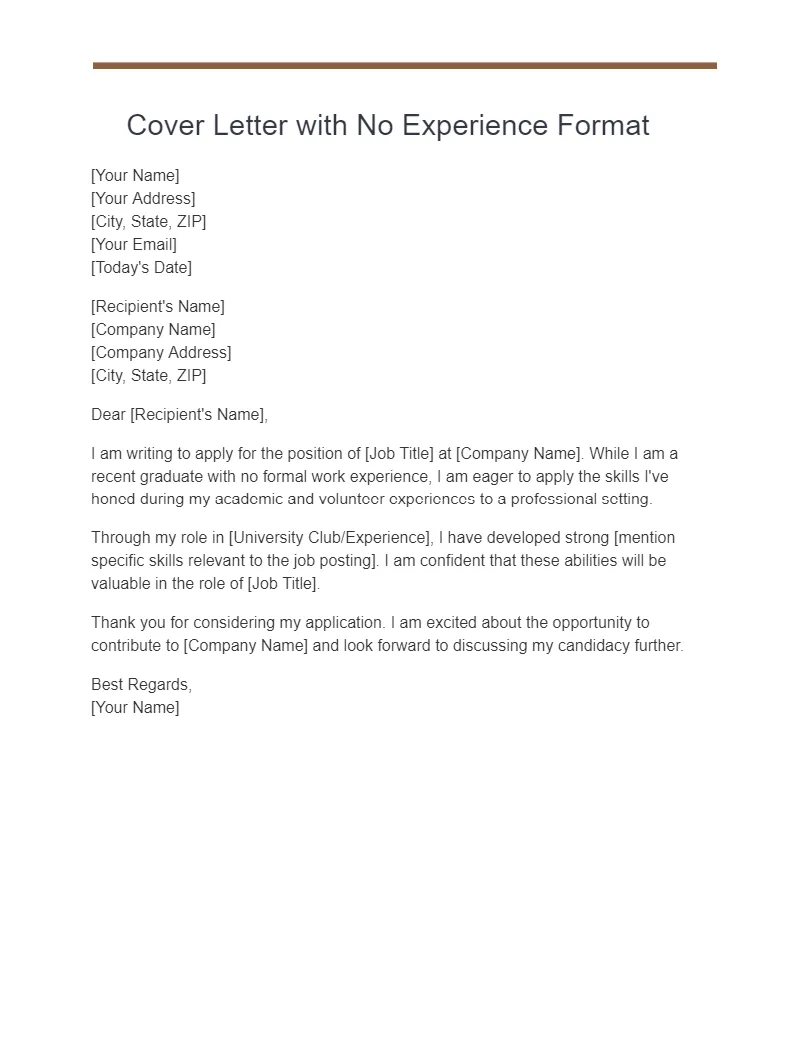
Before writing your cover letter, dedicate time to researching the company. Explore their website, social media, and any recent press releases. Understand their mission, values, and recent projects. The more you know about the company, the better you can tailor your cover letter to their needs and culture. Learn about the specific role you’re applying for. Carefully review the job description and identify the key skills and qualifications the company is seeking. This information is critical for tailoring your cover letter and highlighting the most relevant aspects of your background. When you research the company, look for common goals or interests. This helps you to craft a cover letter that demonstrates why you are a good fit for their culture. This research allows you to speak directly to the employer’s needs and demonstrate that you have a genuine interest in the role and the organization.
Demonstrating Enthusiasm and Proactive Attitude
Enthusiasm and a proactive attitude can significantly compensate for a lack of experience. In your cover letter, express your excitement about the opportunity. Explain why you are drawn to the company and the role, and how you believe you can contribute to their success. Demonstrating your willingness to learn and adapt is also key. State your desire to expand your skills and contribute positively to the team. Show initiative by mentioning any steps you’ve taken to develop relevant skills or knowledge. For example, if you have completed online courses or certifications related to the role, mention them. You can also state your willingness to assist with any project assigned. Providing a proactive attitude shows that you are a self-starter and eager to contribute, even without extensive experience. This eagerness and enthusiasm can often outweigh a lack of traditional experience. This approach demonstrates to the hiring manager that you’re motivated and ready to take on new challenges and contribute to the team.
Structuring Your Cover Letter Effectively
A well-structured cover letter is easy to read and effectively communicates your key qualifications. Start with a professional header that includes your contact information and the date. Then, address the hiring manager by name, if possible. Researching the name of the hiring manager shows your attention to detail and initiative. Use a formal and clear tone throughout your cover letter. Organize your letter into clear paragraphs, each focusing on a specific point. Keep sentences concise and paragraphs brief, making it easy for the reader to scan and grasp your key points. The standard structure of a cover letter generally includes an introductory paragraph, 2-3 body paragraphs, and a concluding paragraph. The first paragraph should grab attention and state the position you are applying for. Body paragraphs should highlight your skills and experiences, using specific examples. The final paragraph should restate your interest and include a clear call to action (e.g., requesting an interview). By following this structure, you will keep your cover letter organized, professional, and easy to understand.
Header and Contact Information
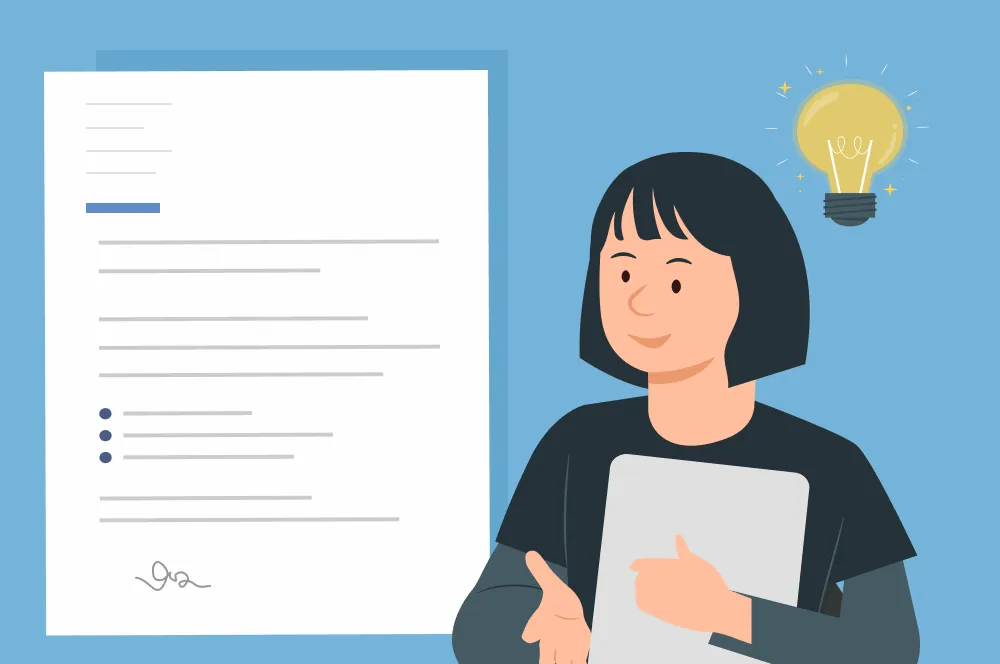
The header of your cover letter should include your name, address, phone number, and email address. Ensure your email address is professional-sounding; avoid using nicknames or casual language. The date should also be included, along with the hiring manager’s name and title if you know it, along with the company’s name and address. This ensures that your cover letter appears professional and properly formatted. By including this information, you provide the essential details a potential employer needs to contact you. Correct formatting is essential; ensure that all contact details are accurate and easily accessible. This attention to detail will reinforce your professionalism and boost your application’s appeal.
Opening Paragraph that Grabs Attention
The opening paragraph is your first chance to make a positive impression. Start by clearly stating the position you are applying for and how you found the job posting. Then, immediately grab the reader’s attention. Instead of a generic greeting, consider starting with a brief, compelling statement that highlights your enthusiasm for the role or the company. This statement should immediately capture their attention and demonstrate your interest in the position. You can also mention a key skill or accomplishment that is relevant to the job requirements. This quick summary should convey your value and make the reader want to continue reading. Ensure the opening paragraph is concise, enthusiastic, and tailored to the specific job. A strong opening will encourage the hiring manager to continue reading the rest of your cover letter.
Body Paragraphs Showcasing Your Value
The body paragraphs are where you demonstrate your value to the employer. Each paragraph should focus on a specific skill, experience, or achievement that is relevant to the job description. Instead of simply listing your skills, use specific examples to illustrate how you have used those skills in the past. Include details about your experience. Use the STAR method (Situation, Task, Action, Result) to structure your examples. Briefly describe the situation, explain the task you needed to complete, outline the actions you took, and then highlight the results you achieved. This method provides a clear and impactful way to present your accomplishments, making them more credible and memorable. Tailor each paragraph to address the specific requirements of the job posting. Show the hiring manager that you understand their needs and that you are the right fit for the position.
Concluding with a Strong Call to Action
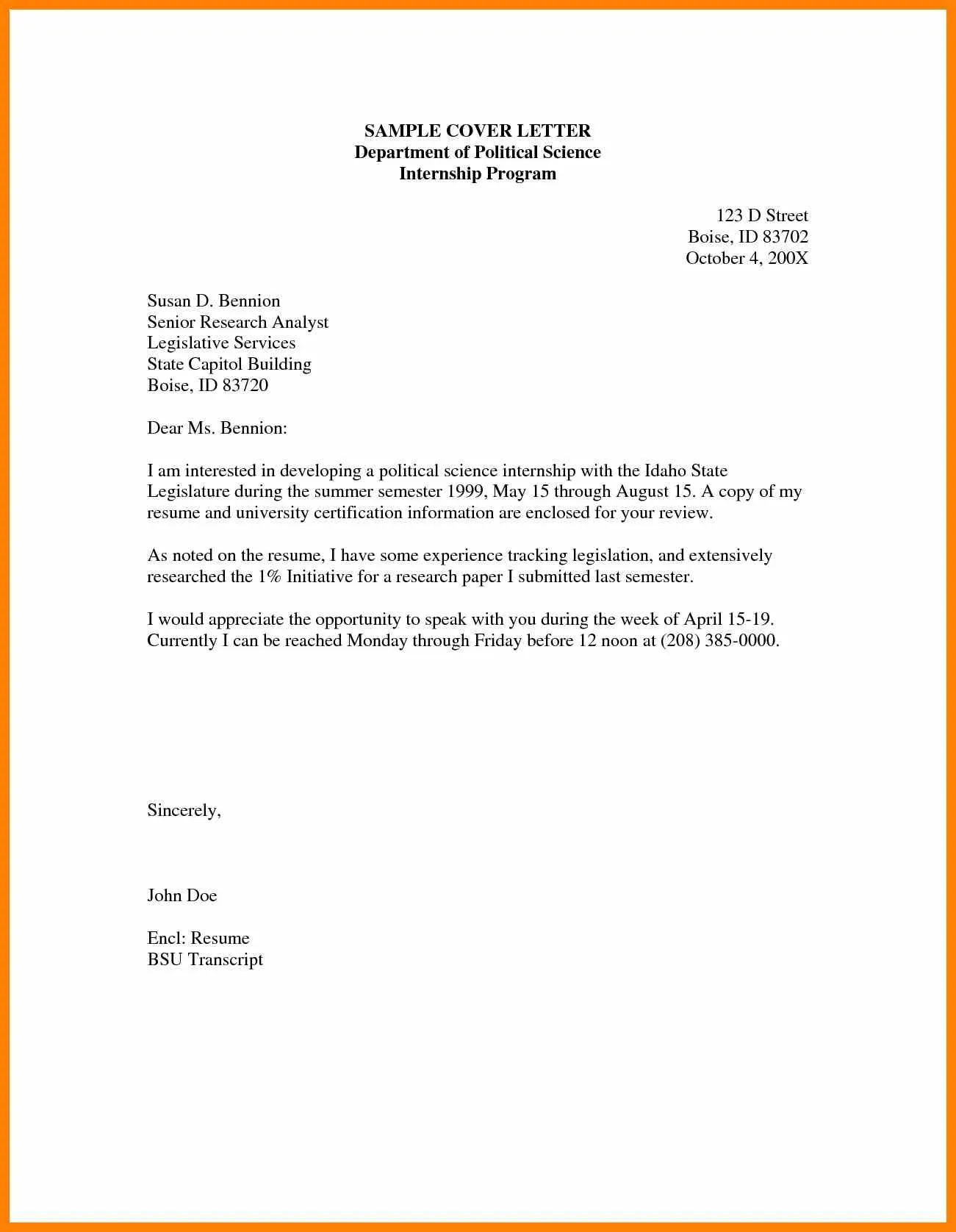
The concluding paragraph should reiterate your interest in the position and the company. Thank the hiring manager for their time and consideration. Include a clear call to action. Request an interview, and state your availability for an interview. Make it easy for the hiring manager to contact you. Restating your enthusiasm for the role and the company helps to reinforce your interest, demonstrating your commitment. A strong call to action motivates the hiring manager to take the next step, increasing your chances of getting an interview. Proofread your cover letter to ensure there are no errors and that your contact information is accurate. A strong and professional conclusion can greatly improve your chances of moving forward in the application process.
Formatting for Maximum Impact
The appearance of your cover letter is as important as its content. Well-formatted letters are easier to read, making a positive impression on the hiring manager. Choose a clean, professional font such as Arial, Times New Roman, or Calibri. These fonts are easy to read and maintain a professional look. Use a font size between 10 and 12 points to ensure readability. Use standard 1-inch margins on all sides, and single-space your text. Use clear headings and subheadings to organize the information. This creates a visual hierarchy and makes it easier for the reader to scan the document. Avoid excessive bolding, underlining, or italicizing. Keep the formatting consistent. Use clear formatting to make sure that your cover letter is not only easy to read but also professional and appealing to the reader. A well-formatted cover letter demonstrates attention to detail and professionalism.
Choosing the Right Font and Layout
The font you choose can significantly impact the readability and perception of your cover letter. Stick to simple, classic fonts like Arial, Calibri, or Times New Roman. These fonts are widely recognized as professional and easy to read. Choose a font size that is between 10 and 12 points. This range ensures the text is legible without appearing too large or too small. Use consistent formatting throughout your cover letter. Align all text to the left and keep a clean, uncluttered layout. Use white space effectively. Leave space between paragraphs and sections to improve readability and give the document a clean look. A well-designed layout makes your cover letter more accessible and increases the reader’s interest.
Proofreading and Editing Your Cover Letter
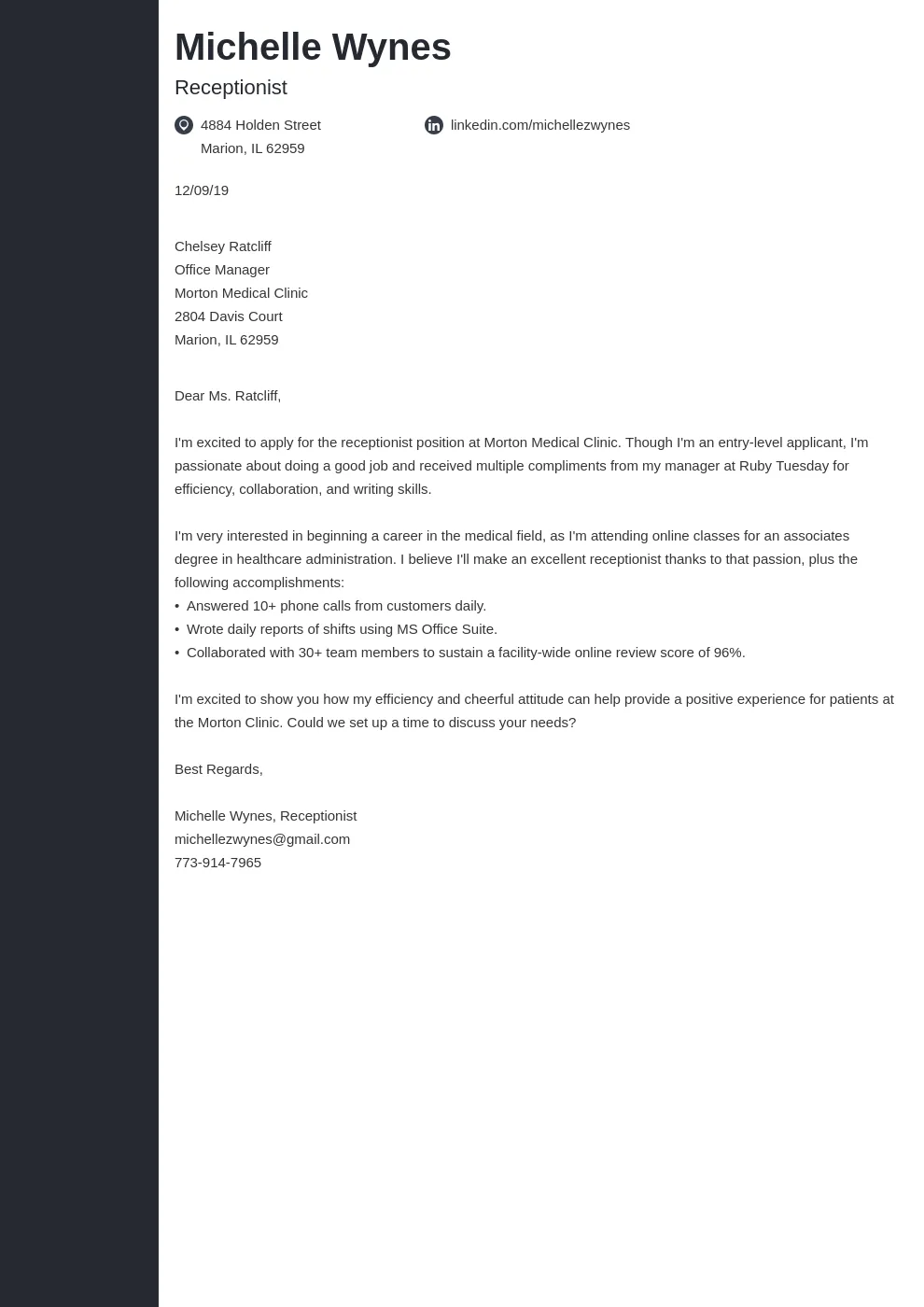
Proofreading and editing your cover letter is absolutely essential. Errors in grammar and spelling can negatively impact your application, and they reflect poorly on your attention to detail. Carefully review your cover letter multiple times. Check for any grammatical errors, typos, and spelling mistakes. Read your cover letter aloud to identify awkward phrasing or sentences that don’t flow well. Ask a friend, family member, or career advisor to proofread your letter for you. A second pair of eyes can often catch errors that you may have missed. Ensure the letter is clear, concise, and professional. Proofreading can greatly increase the professionalism of the cover letter. This crucial step ensures that your cover letter is polished and professional, increasing your chances of making a positive impression on the hiring manager.
Common Mistakes to Avoid in Your Cover Letter
Several common mistakes can undermine your cover letter. Avoid using generic templates that don’t address the specific requirements of the role. Ensure you personalize your cover letter for each job. Avoid providing overly long or irrelevant details. Focus on information relevant to the job and the company. Avoid grammatical errors and spelling mistakes. Always proofread your cover letter multiple times. Avoid being overly informal or using casual language. Maintain a professional tone throughout the document. Avoid negative statements or focusing on what you lack. Instead, emphasize your skills, accomplishments, and potential. By avoiding these common pitfalls, you can create a strong cover letter that highlights your value, even if you have no prior work experience.
